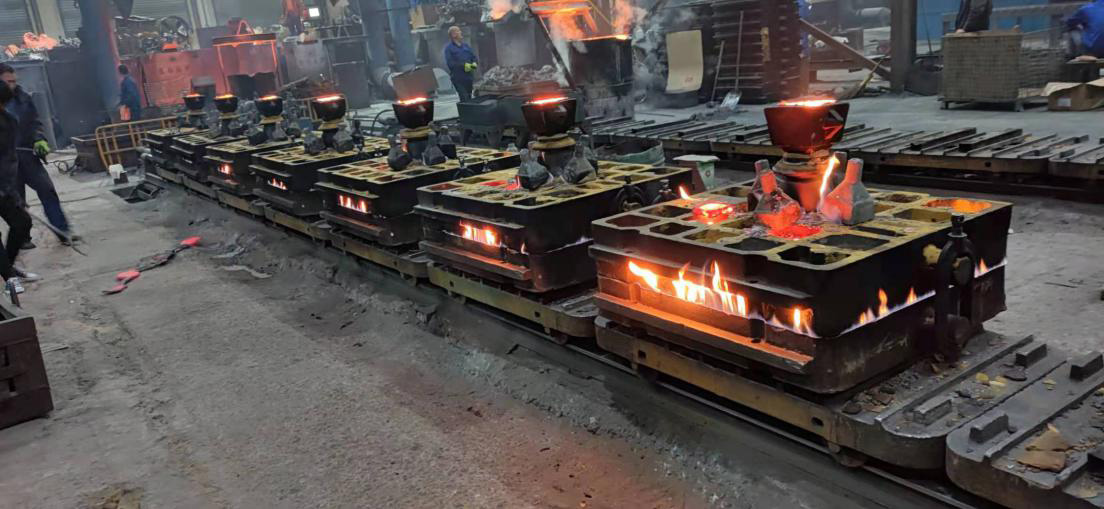Sintering sand, a crucial component in various industrial processes, specifically pertains to the method of consolidating materials through heat without reaching the point of melting. This process has gained significant attention due to its applications in metal casting, ceramics, and even in the production of various components for the automotive and aerospace industries.
The primary objective of sintering is to enhance the density and strength of the material. In metal casting, for example, sintering sand is often utilized as a mold material. When combined with a binding agent, the sand particles adhere to one another, forming a robust mold that can withstand the heat of molten metal. This capability enables the creation of intricate designs and complex geometries which would otherwise be challenging to achieve.
One of the critical advantages of sintering sand is its ability to maintain the mold shape under high temperatures, thereby ensuring dimensional accuracy in the final product
. Furthermore, the use of sintering sand allows for the recycling of sand after the casting process, contributing to a more sustainable manufacturing approach. This is especially relevant in an era that emphasizes environmental awareness and the need for industries to minimize waste.sintering sand

Moreover, different types of sand can be used in sintering, varying in size, purity, and thermal properties. Silica sand, for instance, is widely used due to its excellent thermal stability and resistance to thermal shock. On the other hand, specialty sands, such as zircon and chromite sands, offer unique benefits, such as enhanced melting point characteristics that can be instrumental in specific high-temperature applications.
In conclusion, sintering sand serves as an indispensable material in modern industrial applications. Its unique properties not only facilitate the efficient production of various components but also contribute to a more sustainable manufacturing process. As technology advances, the potential for sintering sand continues to expand, paving the way for innovative solutions that meet the ever-evolving demands of the industry. The ongoing research into enhancing sintering processes and materials could lead to even more significant breakthroughs, solidifying the importance of sintering sand in the future of manufacturing.
Post time:Жов . 08, 2024 19:39
Next:Exploring Various Types of Sand Casting Techniques and Their Applications
